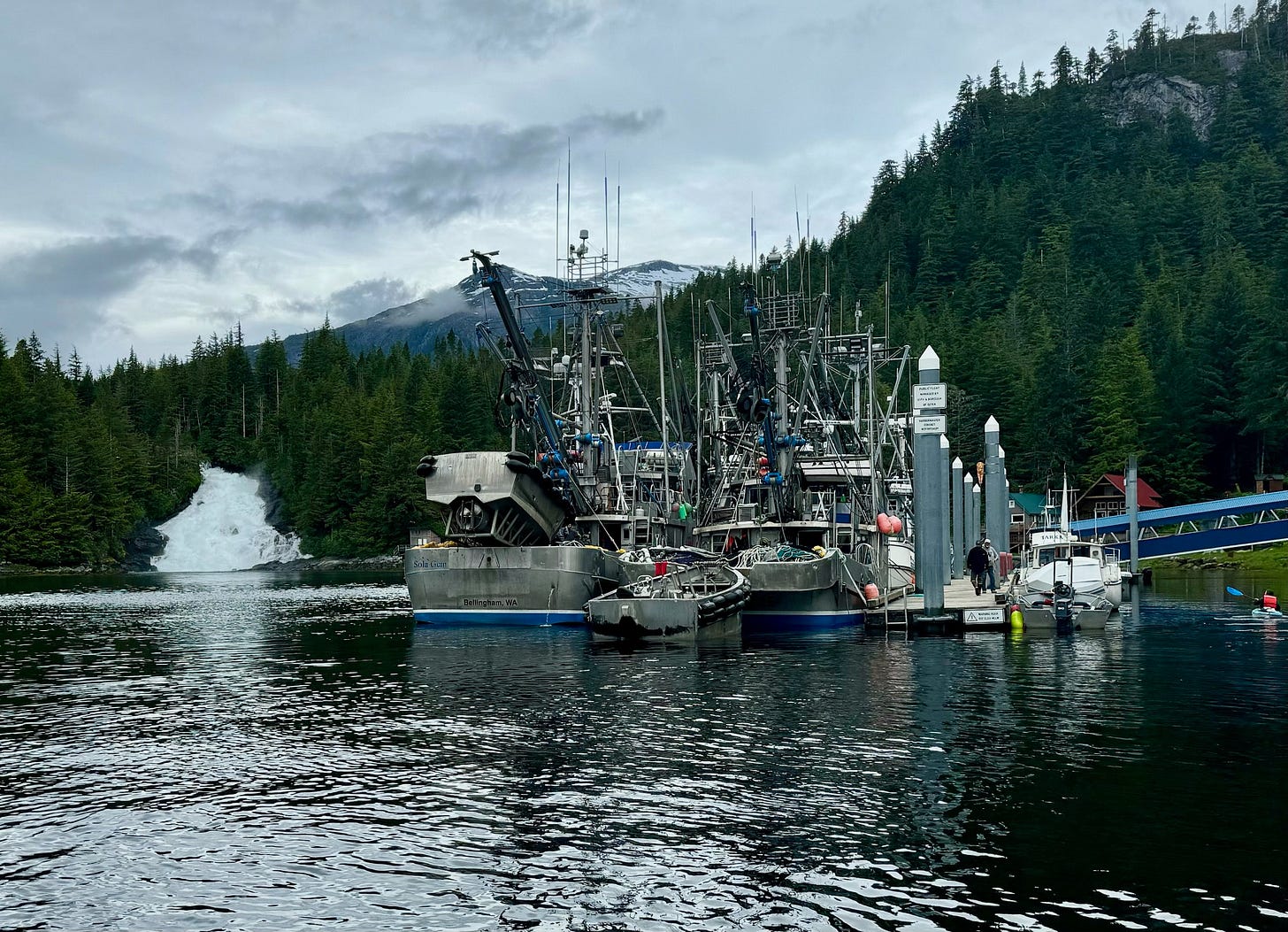Reader David Peebles noticed a reference to “riptide” in a recent article and writes:
We have terms "tide rip" and "riptide." In my own mind I know the difference (and there is a difference), but I'm curious what others think.
We think you’re right about there being a difference and a common misuse. This reminds us of our How Dare You? article. —Eds
Regarding our Texas 200 the Wrong Way article, Rick Pratt writes:
Having lived by, fished in, sailed and boated on the Laguna Madre for 30 years, my question is: can there be a right way to do the T200? A remarkable event, created and kept alive by a remarkable bunch of characters. It is indeed unique.
One day at the Farley Boat Works, a man in bedraggled clothes, sunburned, salt encrusted, dehydrated and near exhaustion, showed up carrying a broken small boat mast over his shoulder. He was a T200 sailor and had cracked the mast in a capsize, because it had been taken from a poorly chosen knotty board, and was powering a boat of his own making.
I selected a decent bit of spruce, and cut him a new one while he sipped water and rested. It was a very simple single-taper spar and didn't take long.
His desire to immediately walk the three miles back to his boat and catch up with the rest of the racers really impressed me.
I gave him the spar.
David Peebles also commented on our Backing Plates article:
Cutting stainless with a saber or jig saw is almost impossible. Within seconds, the blade (even a proper ferrous cutting bi-metal blade) will overheat, destroying the teeth. A metal cutting bandsaw is much better. I converted a standard 14" wood bandsaw by slowing the blade speed down to around 400 feet per min. I used a jack shaft with different size pulleys to do this. Very simple. Use a bimetal, variable pitch blade for cutting steel, including SS. The bandsaw works for SS because the blade has time to cool off as it makes the trip around the wheels. Any decent saw shop can make you up a bimetal blade at very modest cost.
Regular wood cutting tools are better for aluminum. Teeth that are too fine will clog with aluminum bits. You can use a table saw, also. Wear a face mask, and even gloves, as the aluminum chips sting. Don't wear a fleece shirt or jacket, as the chips will stick like burrs.
For all kinds of hard metals, I like a 4.5" angle grinder with a proper disk. This includes SS (a regular ferrous cutting disk is fine). There are also disks for aluminum.
For drilling SS, cobalt bits are best. If you must use ordinary hi speed bits, you need to cool and lubricate at the same time. Canned milk was first suggested to me (water plus butterfat lubricant). Now I mix water with miscible dormant oil (like you use on your fruit trees). Add fresh solution frequently, as often as you see the water boil away. But no need to do this with cobalt bits.
Regarding our republished interview with adventurous Potter sailor, Bud Kerner, reader Scott M. writes:
The disaster at Destroyer Rock was 1923—I always maintained that it's the source of the "I'm a lighthouse ... your call" joke.
https://www.kclu.org/local-news/2023-09-08/disaster-in-santa-barbara-county-its-the-100th-anniversary-of-one-of-the-navys-worst-accidents
Oh and here’s one more photo from John Hughes as he leaves his Internet and hot tub Shangri-La on his voyage back south.
•SCA•




I have cut many hundreds of feet through stainless steel sheet goods and thin plate using my Bosch jig saw. No, it's not fun at all but it's doable. Go slow. Turn down the speed and don't expect to race through it. And wear ear protection. BTW: The Bainbridge Island-metal blades last a good long time.
I use a 4 tooth or skip tooth blade cutting aluminum on the bandsaw. In general aluminum sands like wood for smoothing purposes but it builds up on the paper. When I built Passage, all the metal parts from anchor roller to chain plates, etc was silicon bronze. I cut the parts out of 1/4" sheet, jigged them up, had them joined by a welder for me. Bronze also cuts much like wood with a skip tooth blade, sands well. You'll find the feed speed as you go along. Wear protection. Be prepared to clean the bandsaw carefully after. I found doing the fittings with bronze was much more fun than trying to do stainless. Bronze and aluminum are softer woods. The bronze pieces I cut or had cast for me in PT back in the day when casting bronze was local were a treat to work with comparatively.